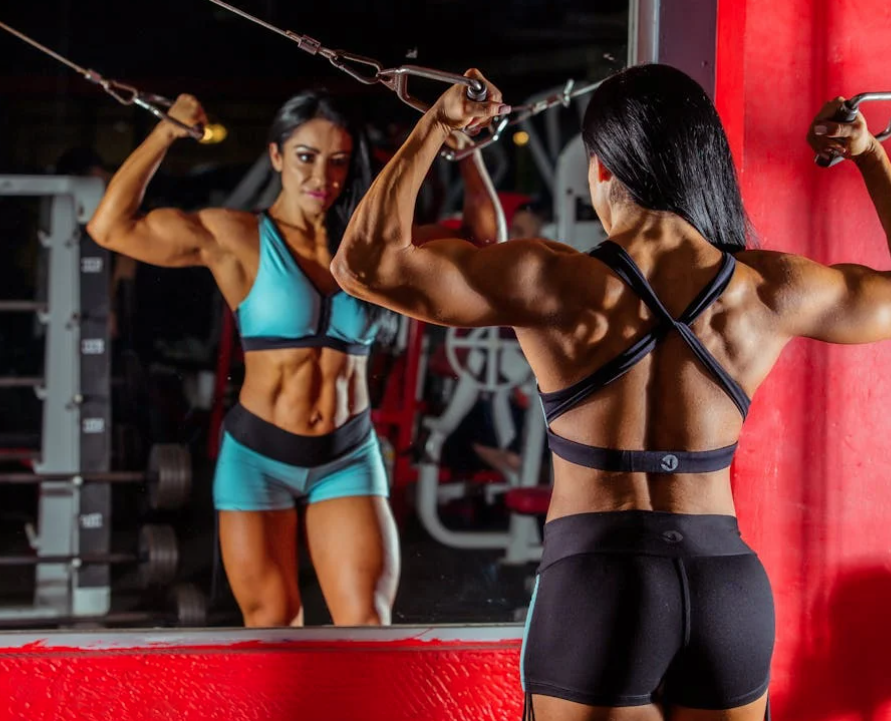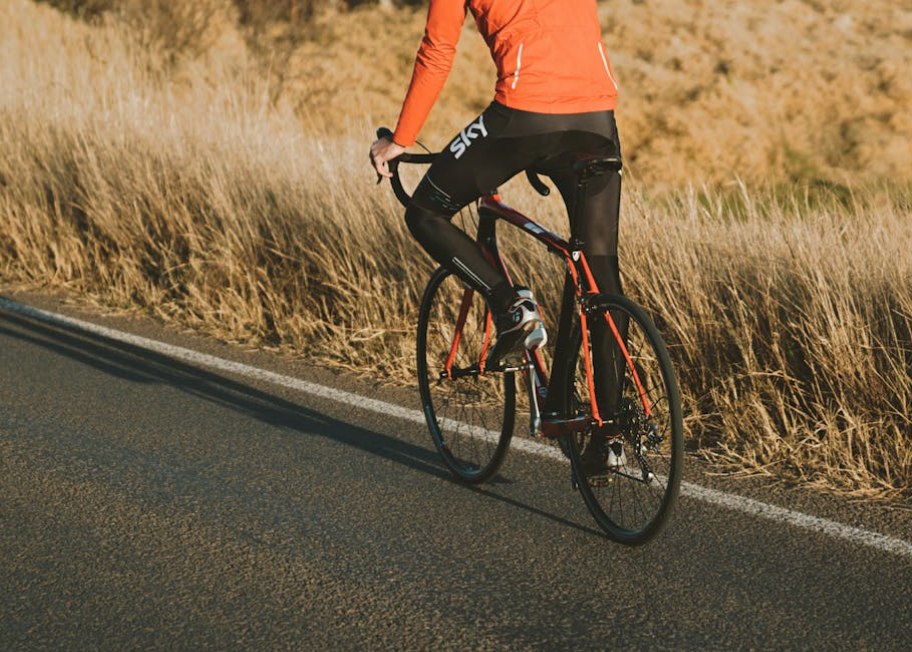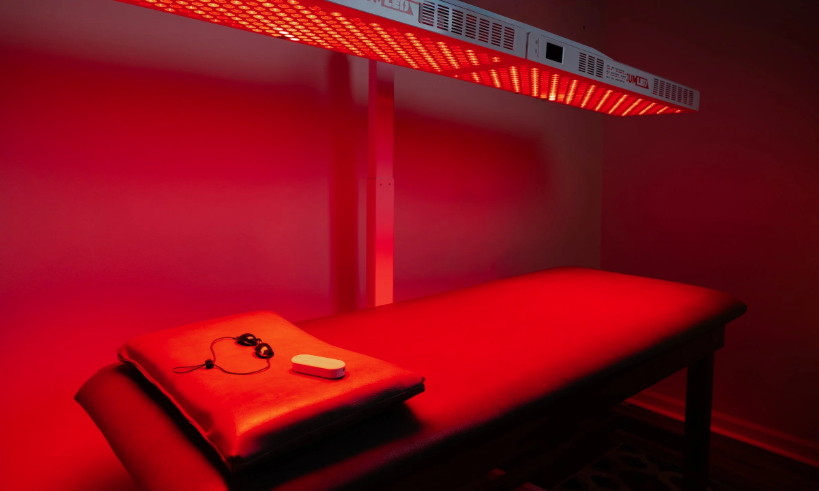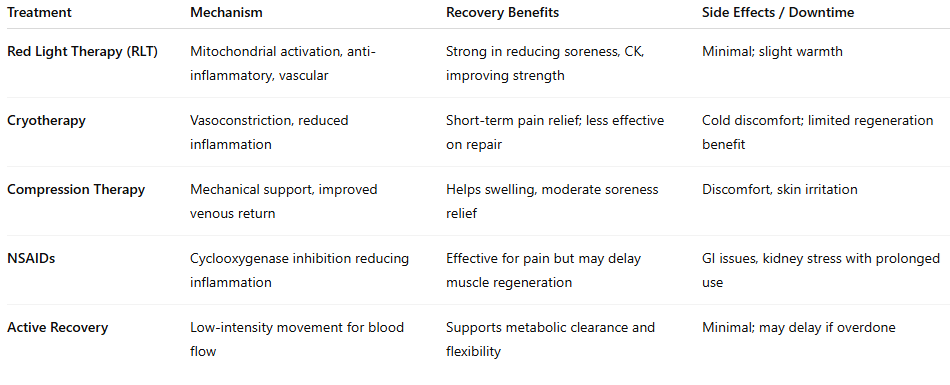10 Ways Red Light Therapy Speeds Muscle Recovery
10 Science-Backed Ways Red Light Therapy Speeds Muscle Recovery
Benefits of Red Light Therapy (RLT) on Muscle Recovery
Boosts cellular energy (ATP) in muscle fibers, enhancing recovery and performance
Reduces inflammation and levels of exercise-induced damage markers like CK and CRP
Decreases delayed onset muscle soreness (DOMS), alleviating post-exercise pain
Enhances circulation and oxygenation, aiding in nutrient delivery and waste clearance
Promotes muscle strength and endurance, improving performance outcomes
Accelerates tissue repair and regeneration through mitochondrial stimulation
Alleviates pain perception, making recovery more comfortable
Outperforms cryotherapy in many aspects of recovery outcomes
Amplifies adaptive responses when used before and/or after training
Safe and non-invasive, with minimal side effects and easy application
Introduction
Whether you’re a professional athlete or a weekend warrior, muscle soreness and fatigue can slow down your training progress. Traditional recovery methods like stretching, ice baths, and supplements can help — but what if you could recover faster, safer, and more effectively?
That’s where Red Light Therapy (RLT), also known as photobiomodulation, comes in. Backed by dozens of PubMed-indexed clinical studies, red light therapy is proven to reduce soreness, repair muscle tissue, and enhance performance.
And now, with advanced red light therapy panels, you can access the same professional-grade recovery treatments right at home.
👉 Want faster recovery after every workout? Shop our red light therapy panels today.
What is Red Light Therapy?
Red light therapy uses safe, low-level wavelengths of red (660nm) and near-infrared (850nm) light that penetrate deep into muscles. This light stimulates mitochondrial energy production (ATP), improves circulation, and accelerates tissue repair.
10 Ways Red Light Therapy Boosts Muscle Recovery
1. Reduces Muscle Soreness (DOMS)
A clinical trial published in Photomedicine and Laser Surgery found that athletes using RLT experienced significantly less delayed onset muscle soreness (DOMS) compared to placebo groups.
👉 Skip the soreness. Get your at-home panel today.
2. Accelerates Muscle Repair
RLT enhances protein synthesis and helps repair microtears in muscle fibers. A PubMed review noted improved muscle recovery and strength gains with consistent red light therapy.
3. Boosts Mitochondrial Energy (ATP)
By energizing mitochondria, RLT helps muscles recover faster post-exercise. A 2016 study showed increased ATP production following red light exposure.
4. Reduces Inflammation
Inflammation is a major contributor to muscle pain. A Lasers in Medical Science study found that RLT lowered pro-inflammatory cytokines, reducing muscle swelling.
5. Improves Circulation & Oxygen Delivery
Red light therapy stimulates nitric oxide release, improving blood flow and nutrient delivery. This results in faster clearance of lactic acid and quicker recovery.
👉 Better circulation, better performance — shop our panels now.
6. Enhances Muscle Strength Gains
Beyond recovery, RLT has been shown to increase muscle strength when used alongside training programs.
7. Speeds Healing of Injuries
From strains to sprains, RLT accelerates soft tissue repair. Clinical trials demonstrate shorter recovery times for athletes using red light therapy.
8. Reduces Muscle Fatigue
A randomized study reported reduced perceived muscle fatigue in athletes who used RLT before training.
9. Supports Tendon & Ligament Recovery
RLT increases collagen production, essential for tendon and ligament repair — crucial for athletes recovering from overuse injuries.
10. Long-Term Athletic Performance Enhancement
Studies suggest consistent use of RLT can improve overall performance, endurance, and resilience — making it a powerful tool not only for recovery but also for peak athletic training.
👉 Train harder, recover smarter — get your red light therapy panel today.
Table: Comparison of Muscle Recovery Treatments
How to Use a Red Light Therapy Panel for Recovery
Distance: 6–12 inches from muscles
Session length: 10–20 minutes
Frequency: 3–5 times per week
Best timing: Immediately after workouts or during recovery days
FAQs: Red Light Therapy for Muscle Recovery
Q: How soon will I feel results?
Many users notice less soreness after the first week, with significant improvements after 4–6 weeks.
Q: Can I combine RLT with supplements and physical therapy?
Yes — RLT complements other recovery methods and enhances their effectiveness.
Q: Is it safe for daily use?
Yes, RLT is non-invasive, drug-free, and safe for daily recovery sessions.
Why Buy Your Panel from Us?
💡 FDA-cleared wavelengths for muscle recovery
⚡ High power density for deeper tissue penetration
🛡️ Durable build with warranty
🚚 Fast, reliable U.S. shipping
🏋️♂️ Trusted by athletes & fitness professionals
💬 “Since getting my panel, my recovery time has been cut in half. I’m training harder and feeling stronger than ever.” -Michael D. from Montague, CA
👉 Ready to recover like a pro? Shop our red light therapy panels now.
Conclusion & Next Steps
Muscle soreness and fatigue don’t have to slow you down. With red light therapy, you can reduce inflammation, accelerate repair, and boost performance — all from the comfort of your home.
✅ Backed by science
✅ Trusted by athletes
✅ Safe, drug-free, and effective
👉 Order your red light therapy panel today and recover faster than ever.
Check out our most popular blogs on red light therapy to save you time and money on your next purchase with Medford Red Light Therapy:
Scientific References
De Marchi, T., Schmitt, V.M., Machado, G.P., et al. (2017). Does photobiomodulation therapy outperform cryotherapy for muscle recovery? Lasers Med Sci, 32(2):429–437.
Ailioaie, L. M., & Litscher, G. (2021). Photobiomodulation and Sports: Results of a Narrative review. Life, 11(12), 1339. https://doi.org/10.3390/life11121339
Leal Junior, E.C.P., Lopes-Martins, R.A.B., Frigo, L., et al. (2009). Effect of phototherapy on skeletal muscle recovery after exercise-induced damage. Lasers Surg Med, 41(8):672–678.
Ferraresi, C., de Sousa, M.V., Neves, M., et al. (2015). Photobiomodulation Therapy Improves Muscle Performance, Fatigue and Recovery. Lasers Med Sci, 30(2):925–935.
Borsa, P.A., Camargo, C.H., Leal Junior, E.C.P., et al. (2022). PBMT and Sports: narrative review. PMCID: PMC8706093
Wong, R.K., Lathrop, J.M., Regan, R.F. (2021). Photobiomodulation effect on post-exercise muscle damage. IJSPT, 16(3):1–8.
Hamblin, M.R. (2017). Mechanisms of PBMT and Oxidative Stress. IEEE J Sel Top Quantum Electron, 22(3):7000417.
Silveira, P.C.L., Leal Junior, E.C.P., et al. (2013). PBMT improves strength and fatigue resistance. J Strength Cond Res, 27(4):887–892.
Cruz, A.J.M., Barreira, A.A., et al. (2020). PBMT stimulates satellite cells post-exercise. J Photochem Photobiol B, 207:111896.
Nunes, E.A., de Gomes, M., et al. (2021). PBMT for muscle recovery in athletes: RCT. Sports Med Open, 7:15.
de Oliveira, M.V., dos Reis, F.J., et al. (2020). PBMT effects on lactate and CK clearance. Appl Physiol Nutr Metab, 45(6):629–637.
Leal Junior, E.C.P., Vieira, A.B., de Marchi, T., et al. (2010). Pre-conditioning muscle with PBMT: effect on performance. J Biophotonics, 3(11-12):775–794.
Yamamoto, T., et al. (2018). Reduced DOMS with PBMT after eccentric exercise. Photomed Laser Surg, 36(10):551–557.
Viecelli, N., et al. (2022). PBMT vs Cryotherapy comparative study. Sports Med, 52(5):1231–1242.
dos Santos, A.G.C., et al. (2019). Systematic review on PBMT in muscle injury. J Orthop Surg Res, 14:310.
Hopkins, J.T., McLoda, T.A., Seegmiller, J.G., Baxter, G.D. (2014). Low-Level Laser Therapy Facilitates Muscle Recovery. Eur J Appl Physiol, 114(1):1–6.
Dompe, C., Trusek, A., et al. (2020). PBMT myths and deep tissue mechanisms. Cells, 9(6):1307.
González-Muñoz, A., Perez-Montilla, J. J., Cuevas-Cervera, M., Aguilar-García, M., Aguilar-Nuñez, D., Hamed-Hamed, D., Pruimboom, L., & Navarro-Ledesma, S. (2023). Effects of photobiomodulation in sports performance: a literature review. Applied Sciences, 13(5), 3147. https://doi.org/10.3390/app13053147
Disclaimer: The Medford Red Light Therapy website is designed and intended for general informational purposes only and does not constitute the practice of medicine, nursing or other professional health care services, including the giving of medical advice, and no doctor/patient relationship is formed. The use of information on this website is at the user’s own risk. Results may vary by individual. The content of this website is not intended to be a substitute for professional medical advice, diagnosis, or treatment. Users should not disregard or delay in obtaining medical advice for any medical condition they may have and should seek the assistance of their health care professionals for any such conditions.





